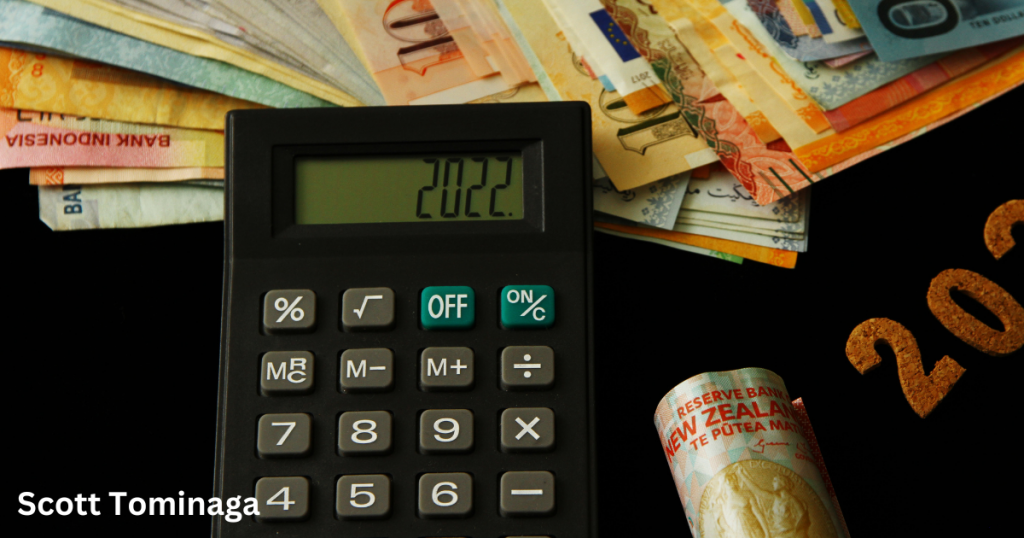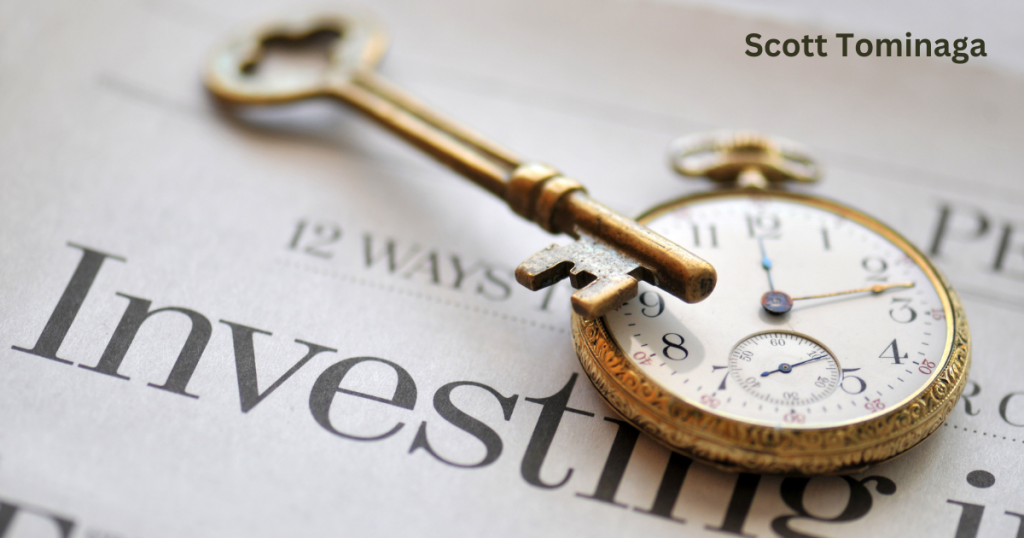Scott Tominaga Presents a Comprehensive Beginner’s Guide to Investing in Art and Collectibles
Investing in art and collectibles can be a rewarding way to diversify your portfolio while indulging your passion for beautiful and unique items. Whether you’re fascinated by contemporary paintings, vintage toys, or rare coins, starting an art and collectibles collection is both an art and a science. Scott Tominaga shares a beginner’s guide to help you navigate this exciting world.

Getting Started: Why Art and Collectibles?
First things first, why should you consider investing in art and collectibles? Unlike traditional assets like stocks and bonds, art and collectibles offer tangible value and a personal connection. They can also serve as a hedge against inflation and economic downturns. Plus, owning a piece of history or a work of art can be immensely satisfying.
Learn Before You Leap
Before diving in, it’s crucial to educate yourself about the market. Start by exploring the types of collectibles that interest you. This could be anything from fine art and antiques to sports memorabilia and vintage cars. Visit museums, galleries, auctions, and collector fairs to get a feel for what’s out there and what appeals to you.
Read books, follow industry news, and join online forums or local collector groups. The more you know, the better equipped you’ll be to make informed decisions. Also, consider taking a few courses on art history or valuation to deepen your understanding.
What to Look For
When it comes to art and collectibles, not all items are created equal. Here are some key factors to consider:
Authenticity: Always verify the authenticity of a piece before purchasing. This might involve looking for certificates of authenticity, provenance records, or expert appraisals.
Condition: An item’s condition greatly affects its value. Look for well-preserved and damage-free pieces. For art, pay attention to the quality of the canvas and frame and any signs of restoration.
Rarity: Rare items are typically more valuable. Limited editions, one-of-a-kind pieces, or items from a significant period or artist can be great investments.
Market Trends: Monitor current market trends. What’s popular now might not be in a few years, and vice versa. Look for pieces with timeless appeal or those that are gaining traction in the market.

Tips for Building a Valuable Collection
Start Small: You don’t need to spend a fortune to start your collection. Begin with affordable pieces that you love and build from there. Over time, you can trade up or expand your collection as your budget allows.
Network with Experts: Build relationships with dealers, collectors, and experts in your area of interest. They can offer invaluable advice, alert you to new opportunities, and even help you avoid costly mistakes.
Stay Informed: The art and collectibles market is always evolving. Stay up-to-date with the latest news, trends, and price movements by subscribing to industry publications and attending events regularly.
Protect Your Investments: Once you start acquiring valuable items, it’s important to protect them. Consider insurance for your collection and invest in proper storage and display conditions to preserve their value.
Have Patience: Building a valuable collection takes time. Don’t rush into purchases. Take your time to find pieces that truly resonate with you and fit well into your overall collection strategy.
Investing in art and collectibles is not just about financial returns; it’s also about passion, enjoyment, and the thrill of the hunt. Scott Tominaga says that by educating yourself, starting small, networking with experts, staying informed, protecting your investments, and having patience, you can build a collection that brings both personal and financial rewards.




Leave a Reply